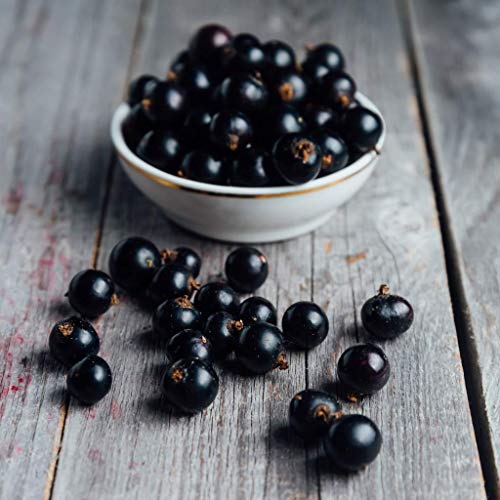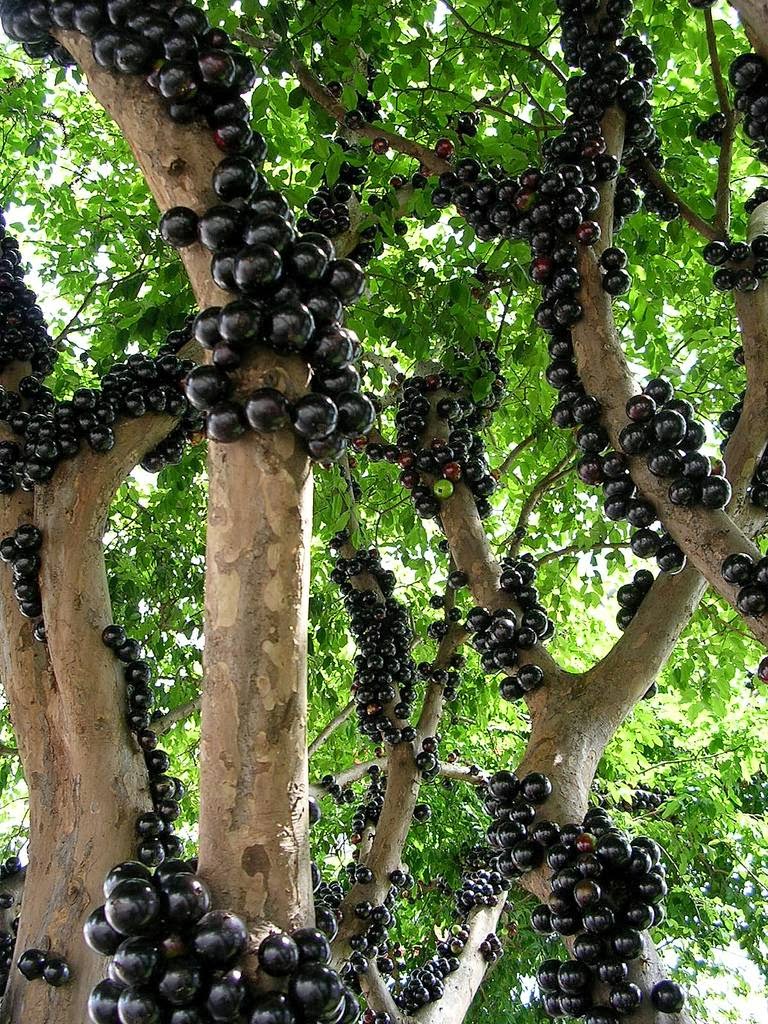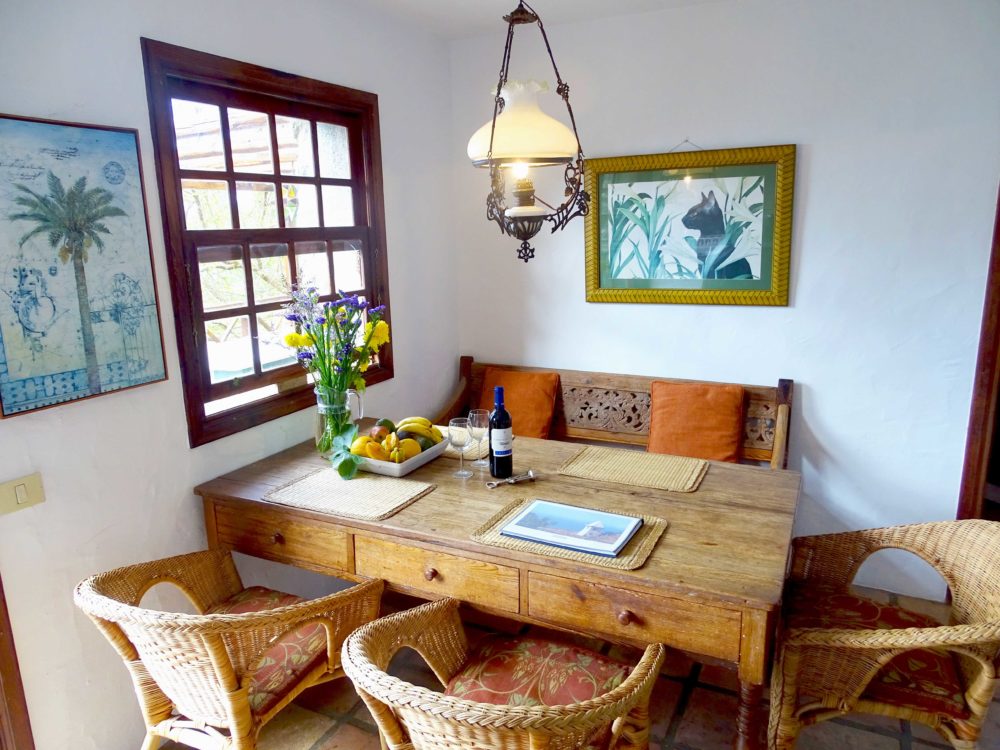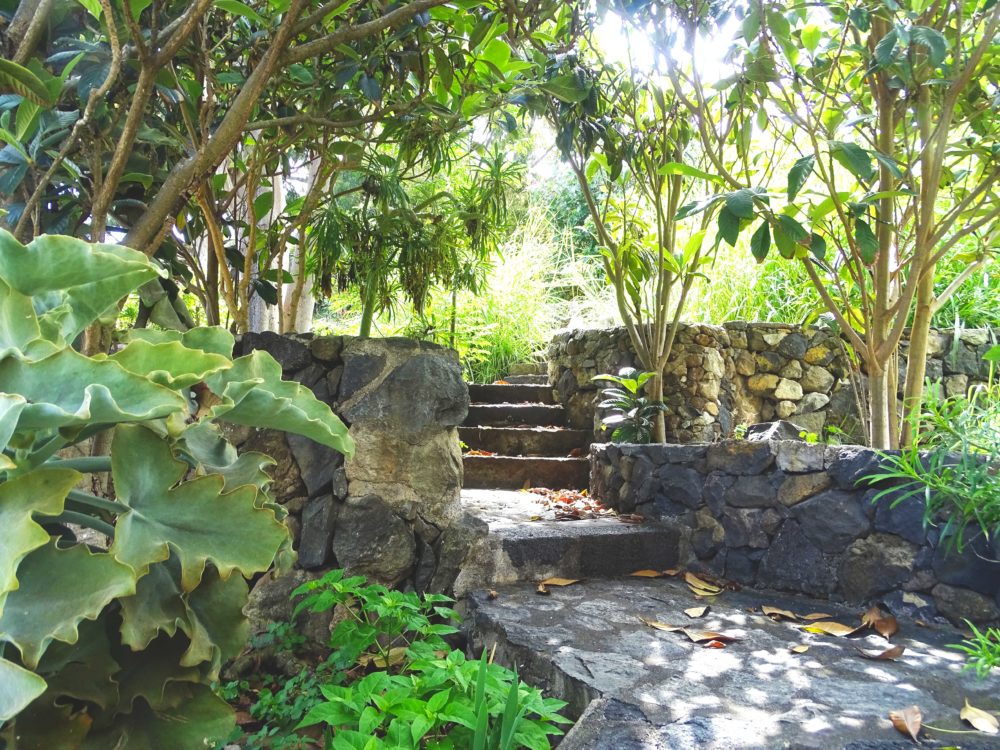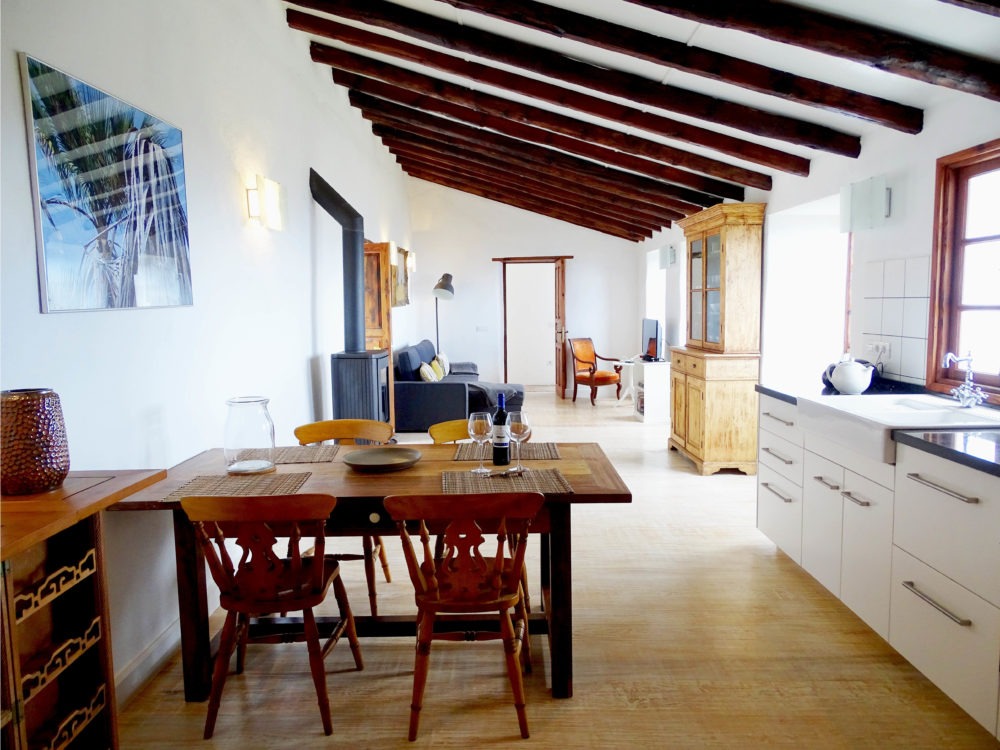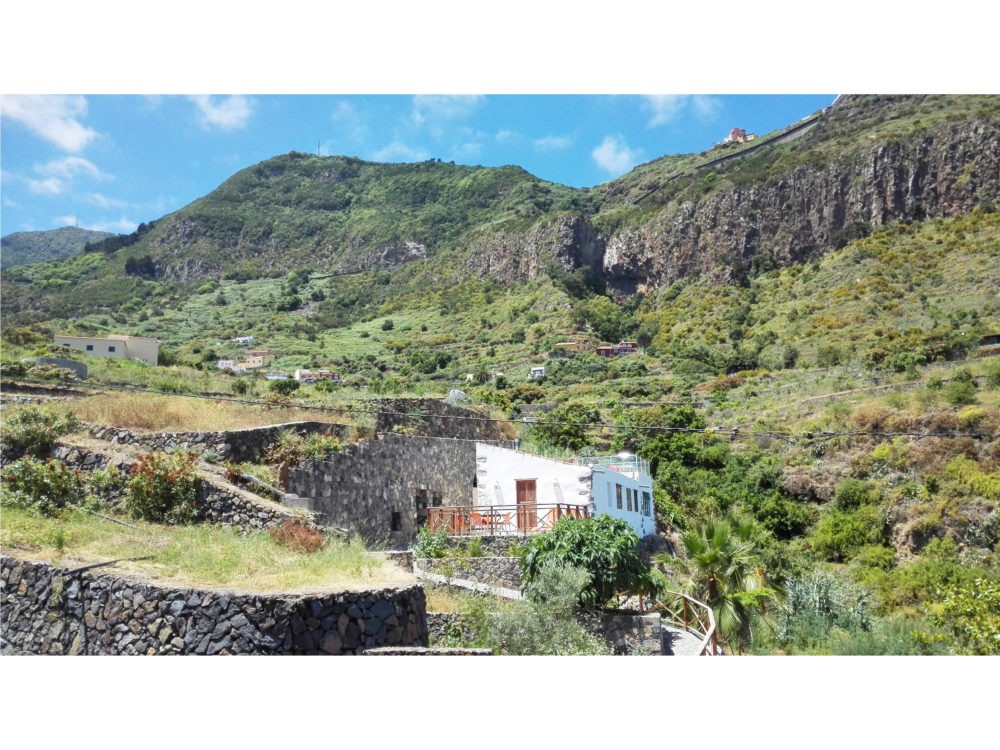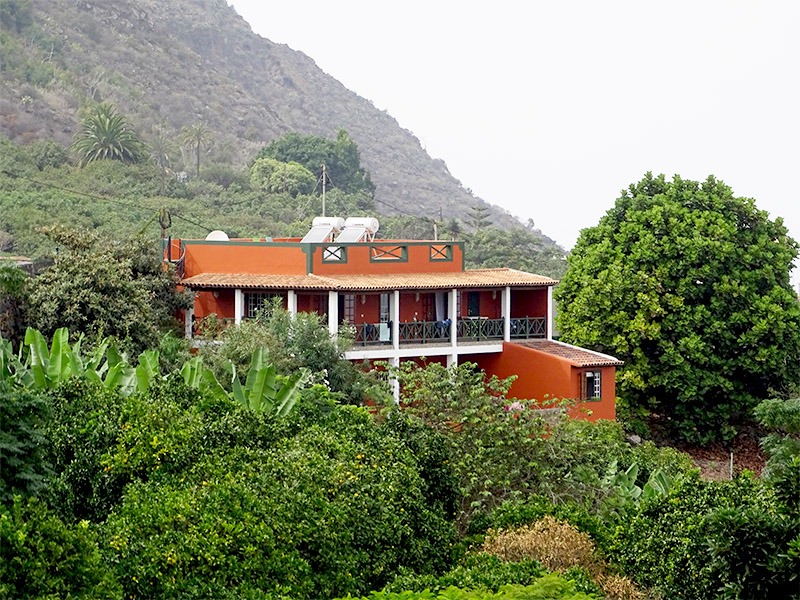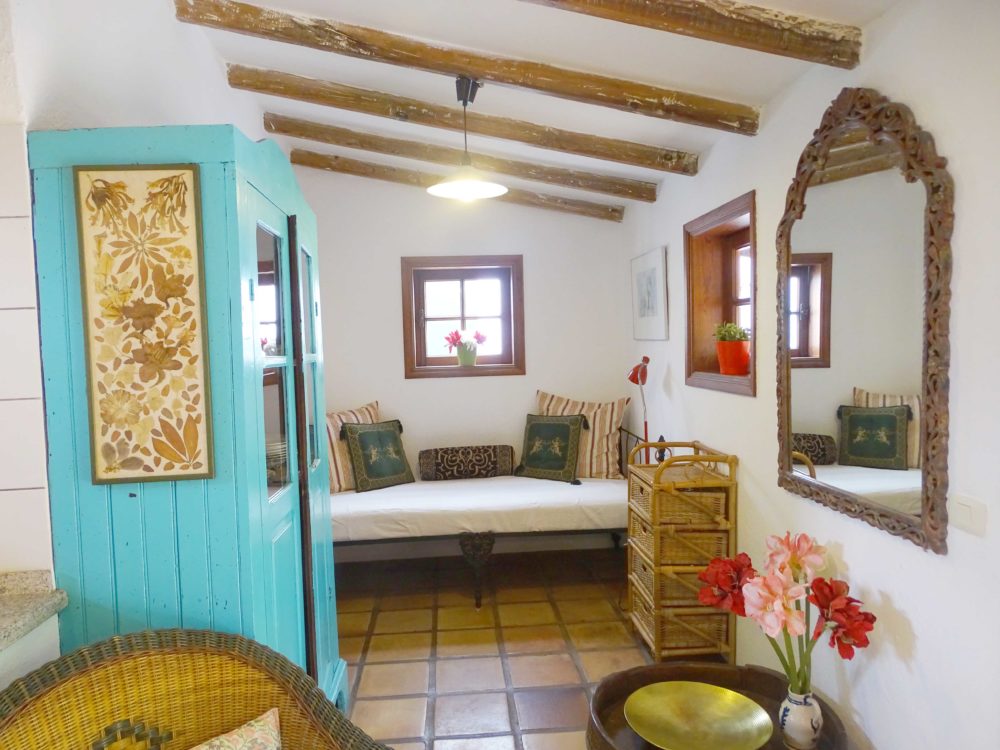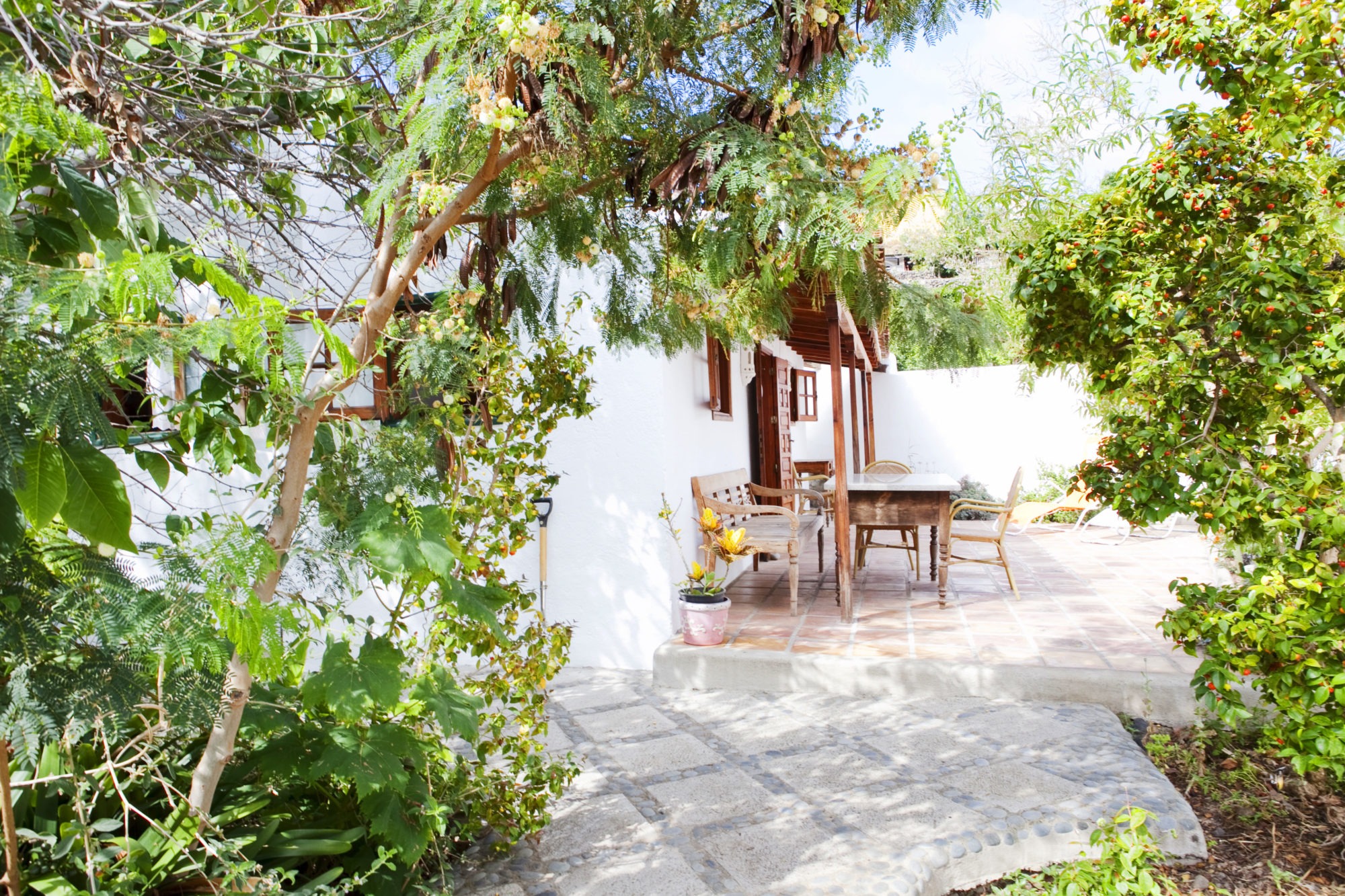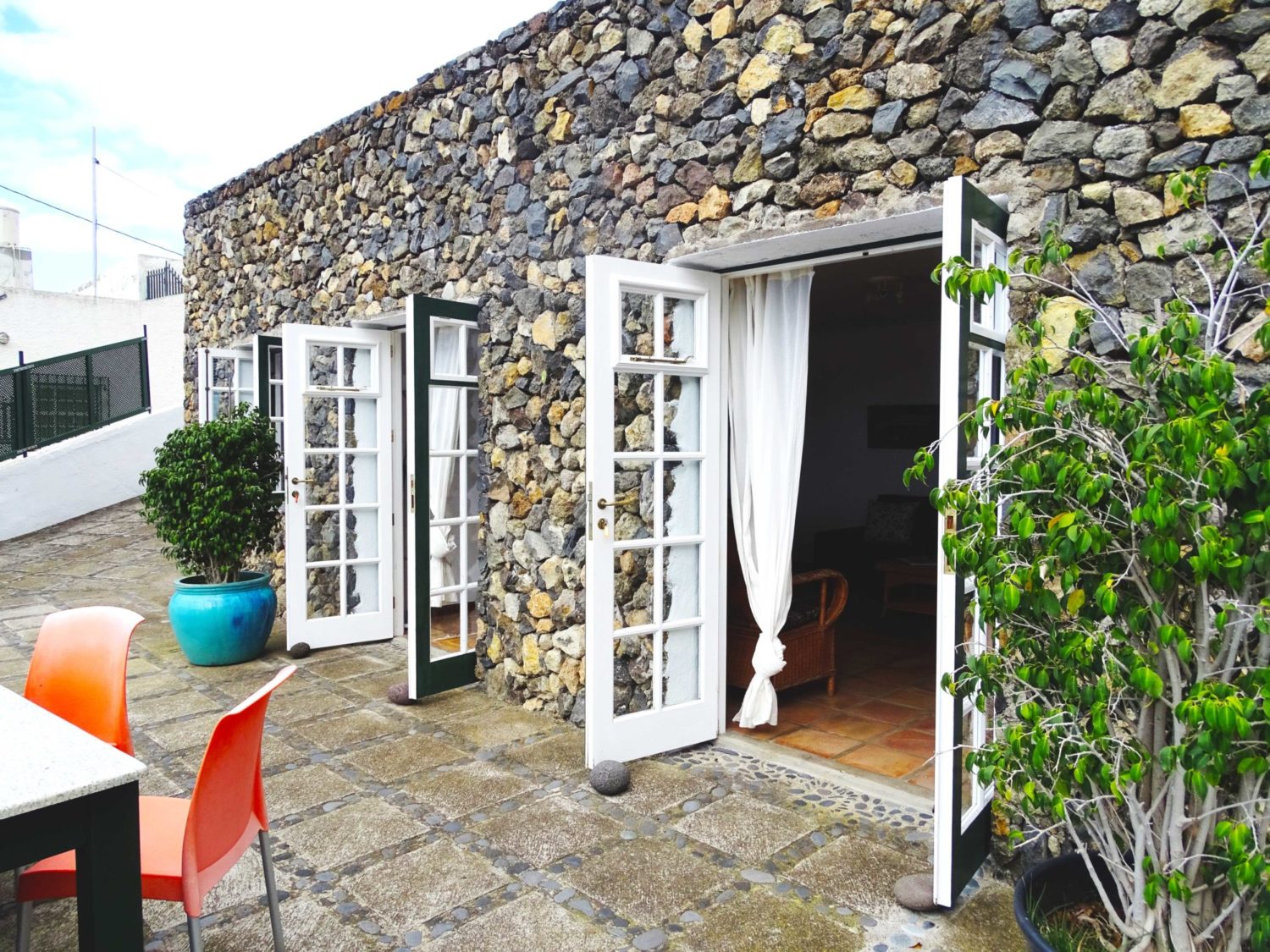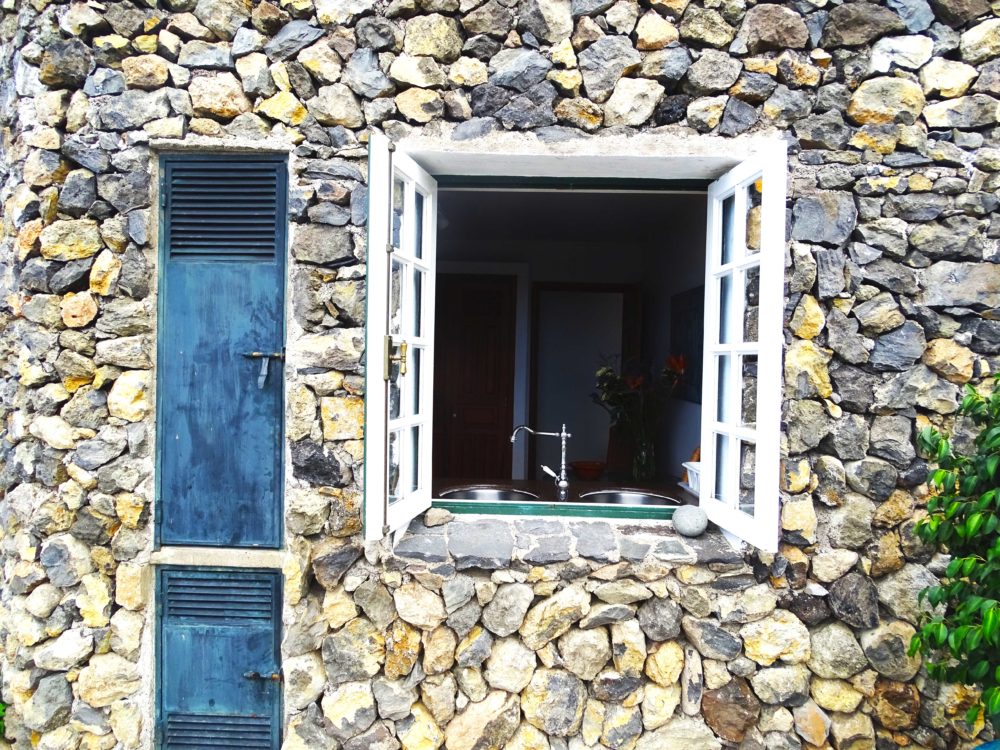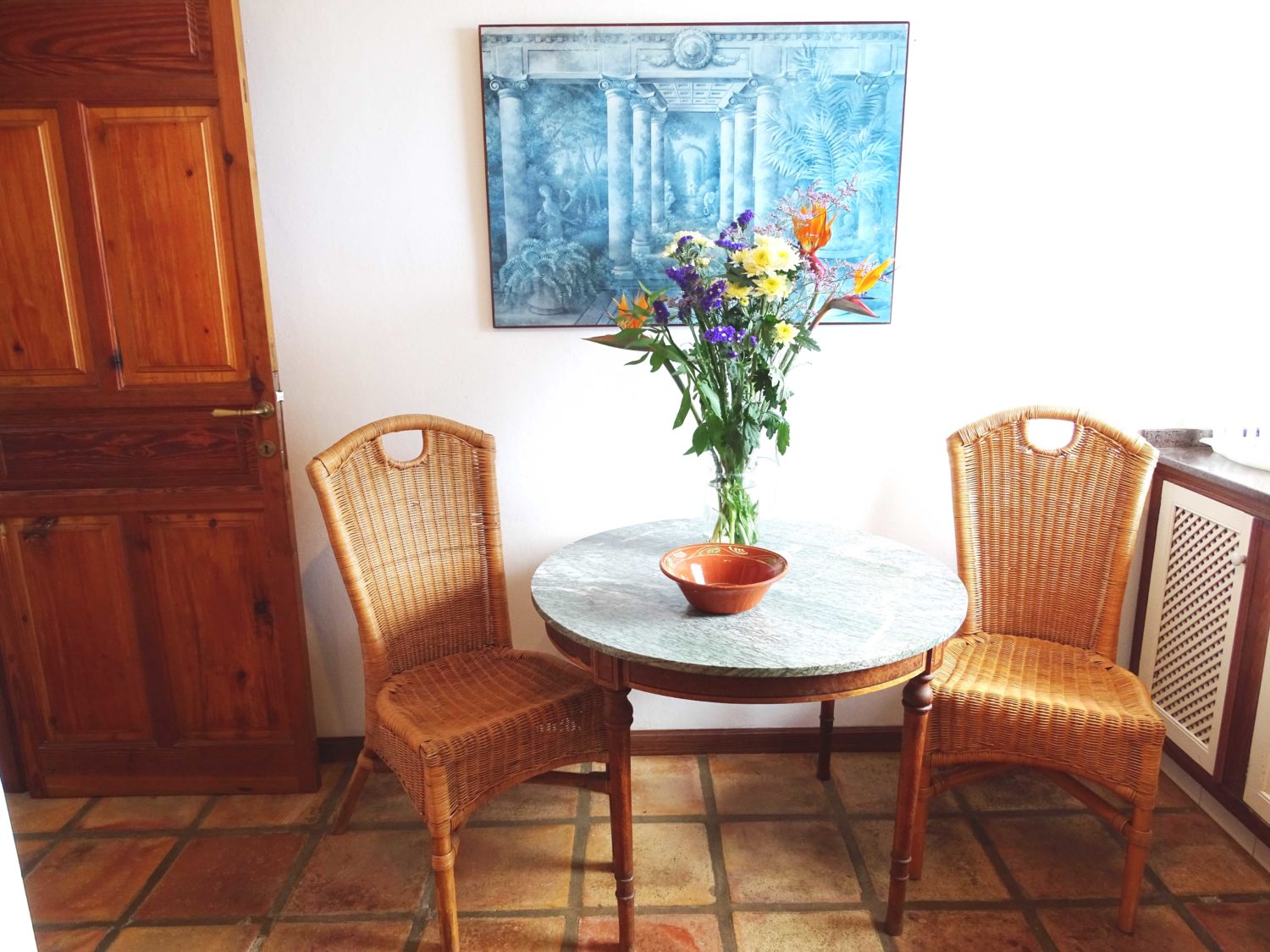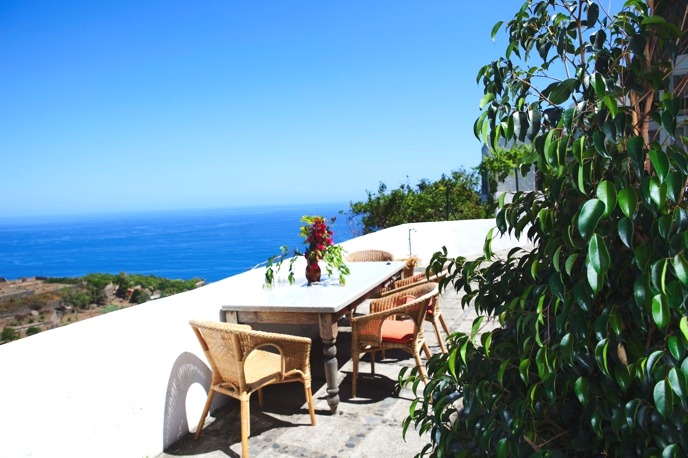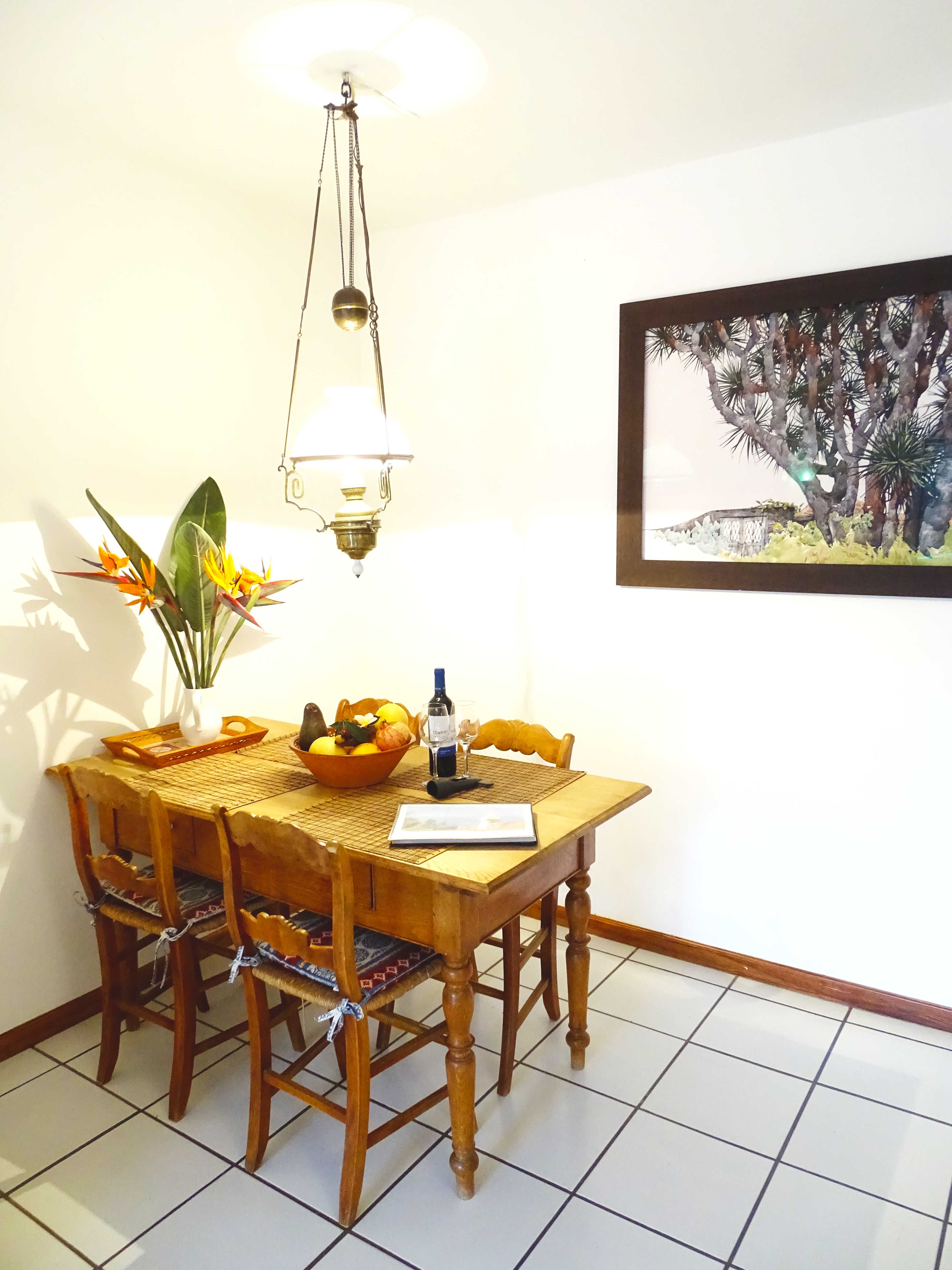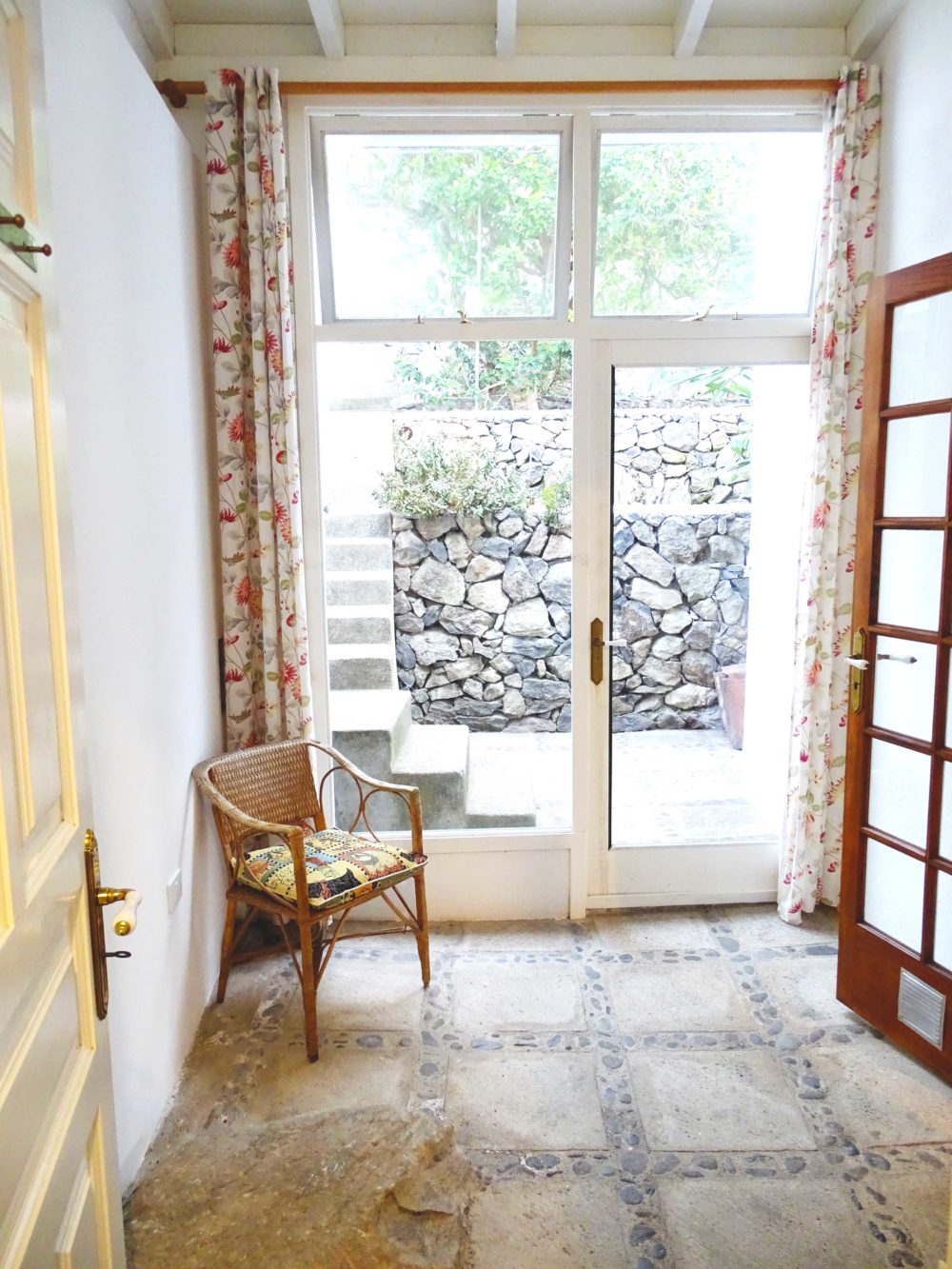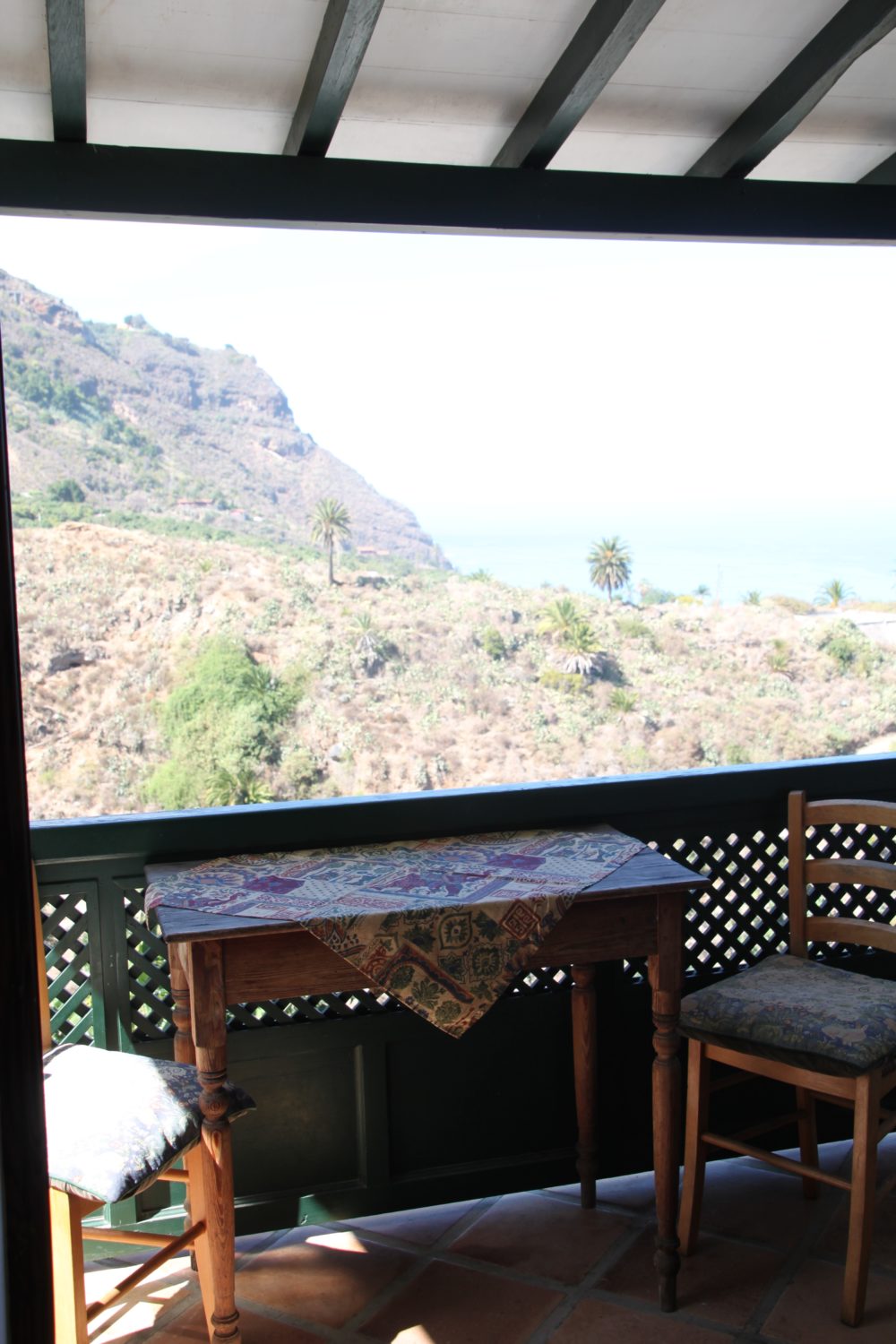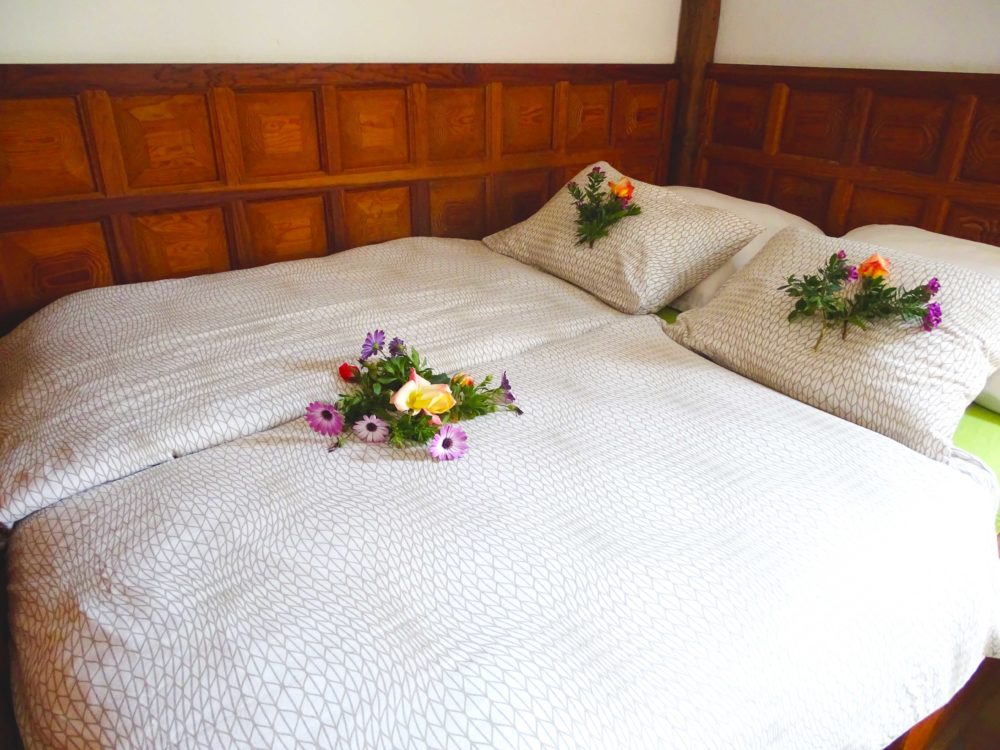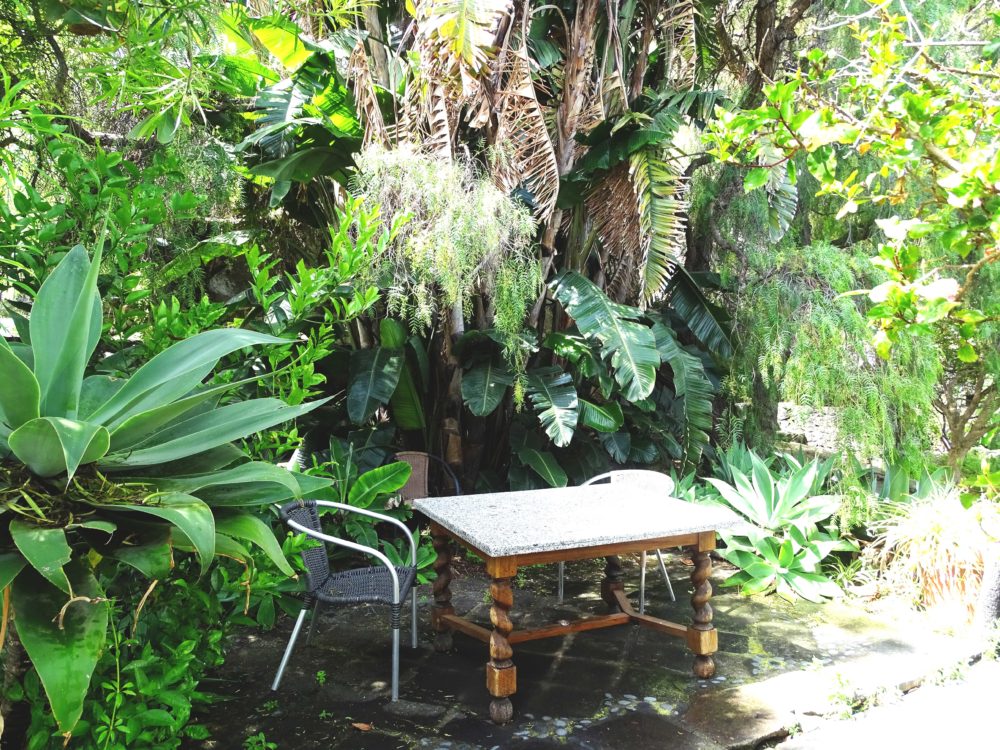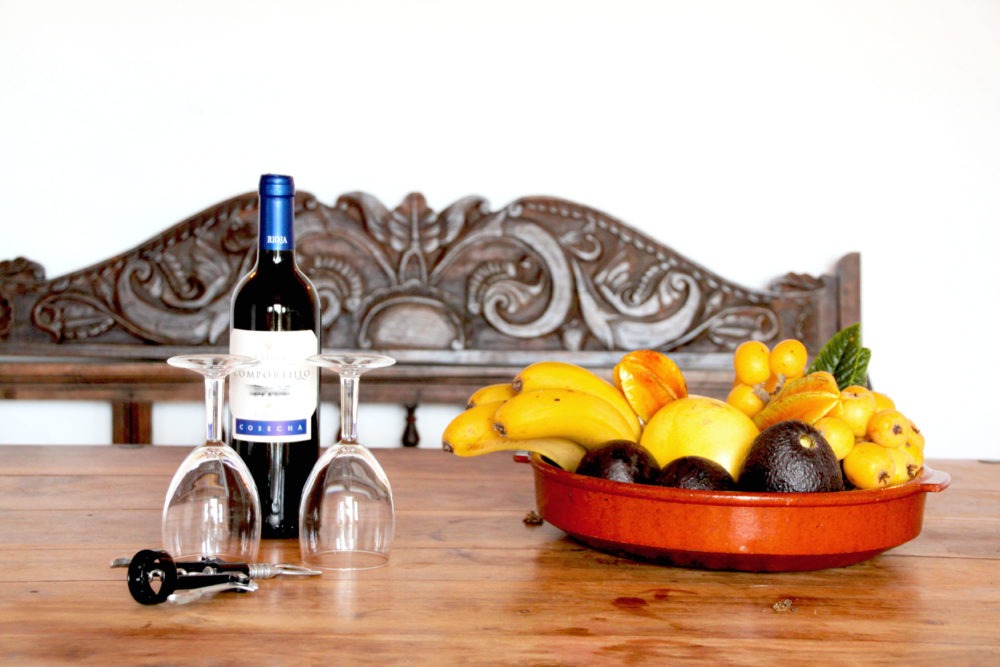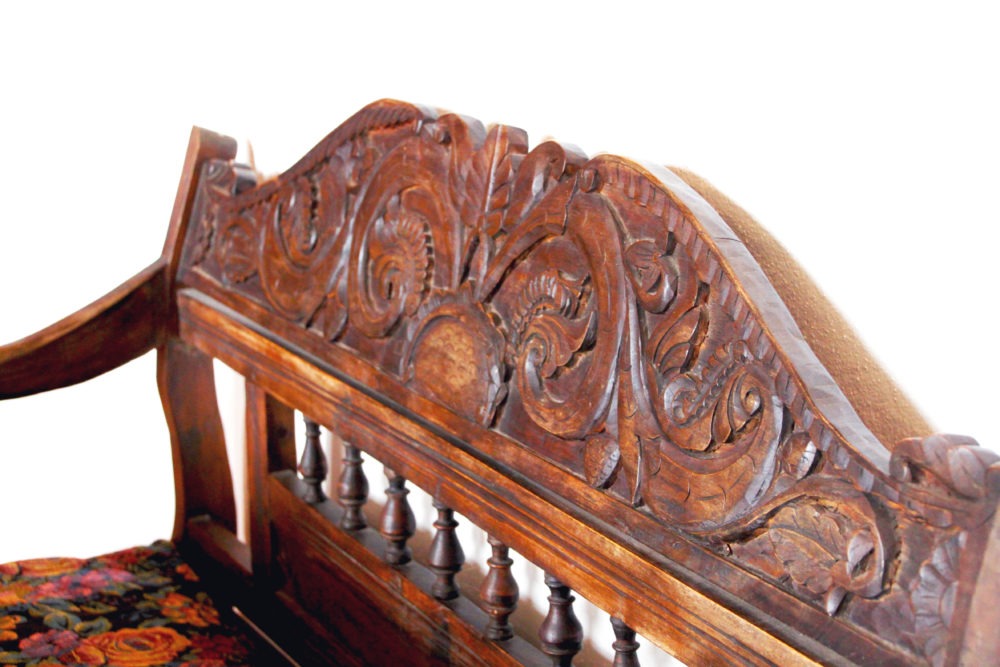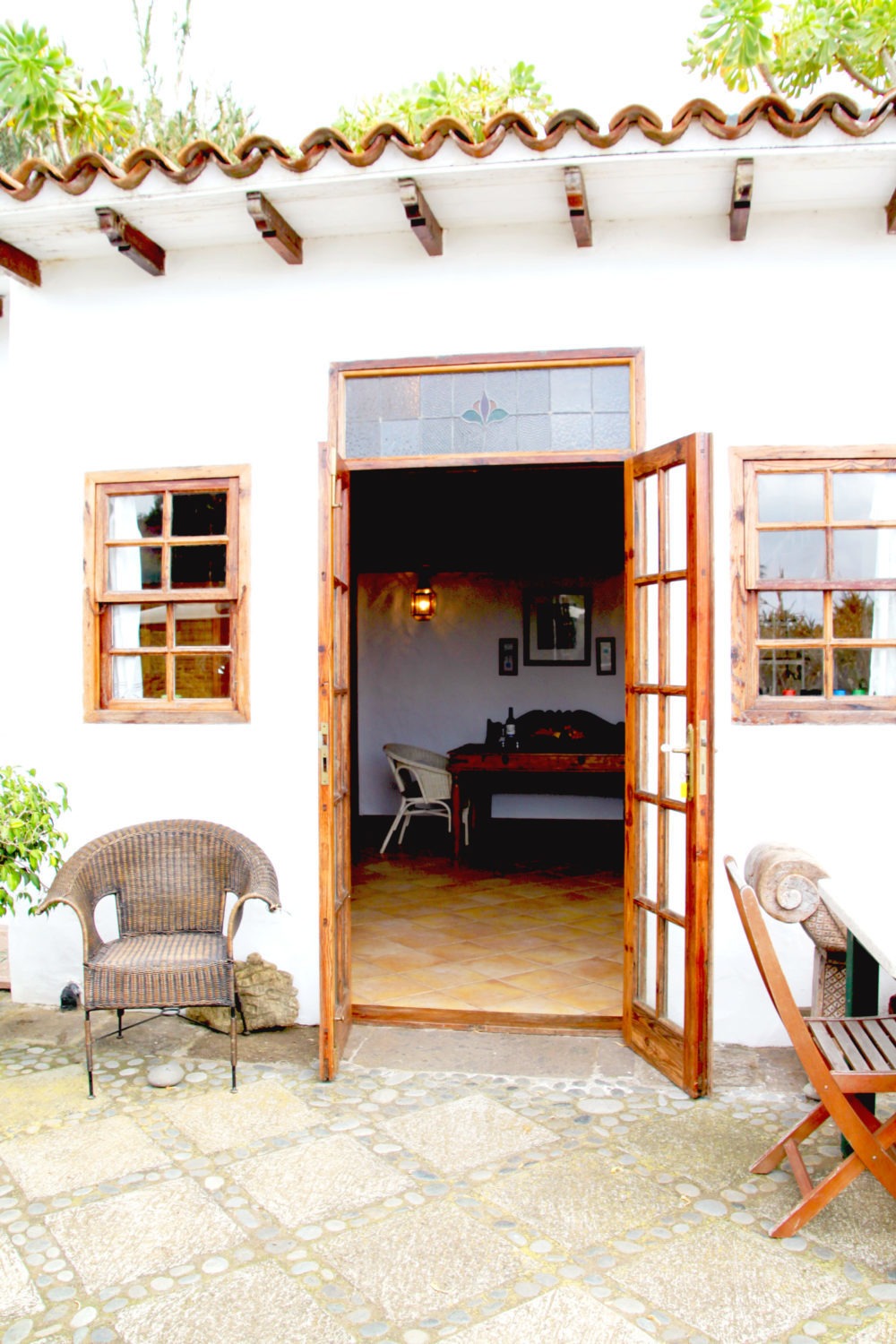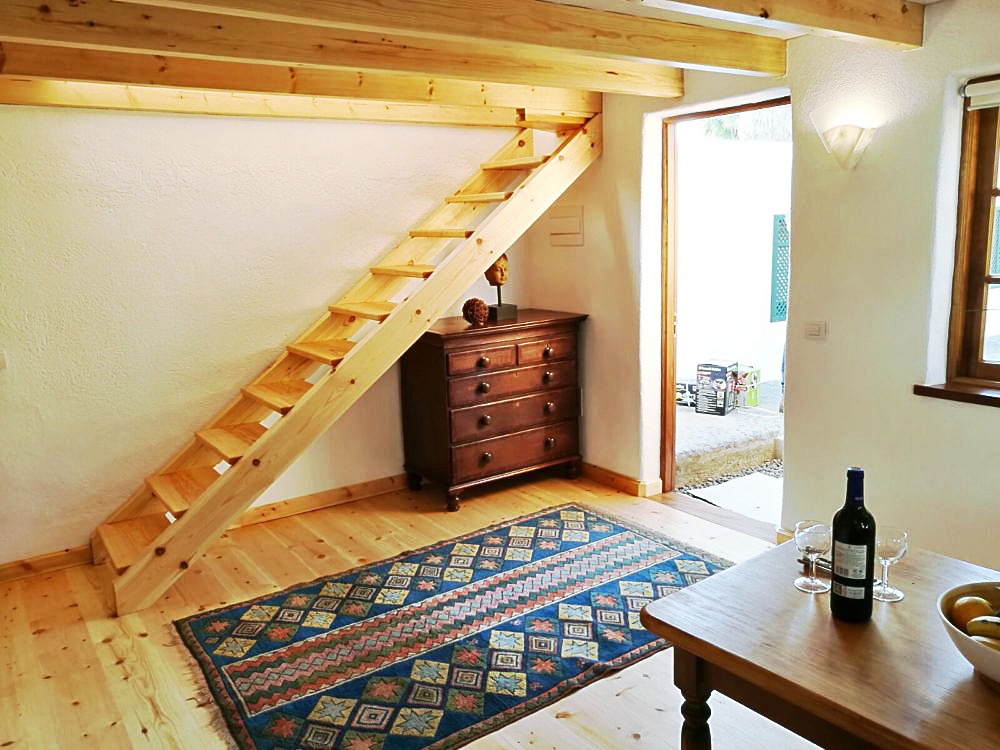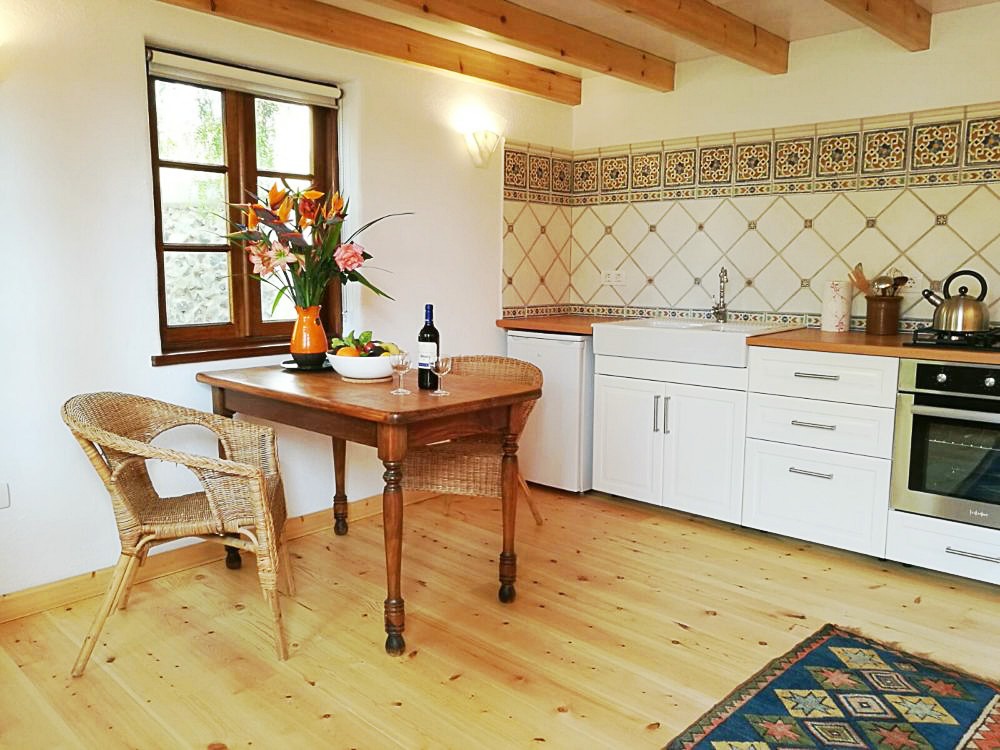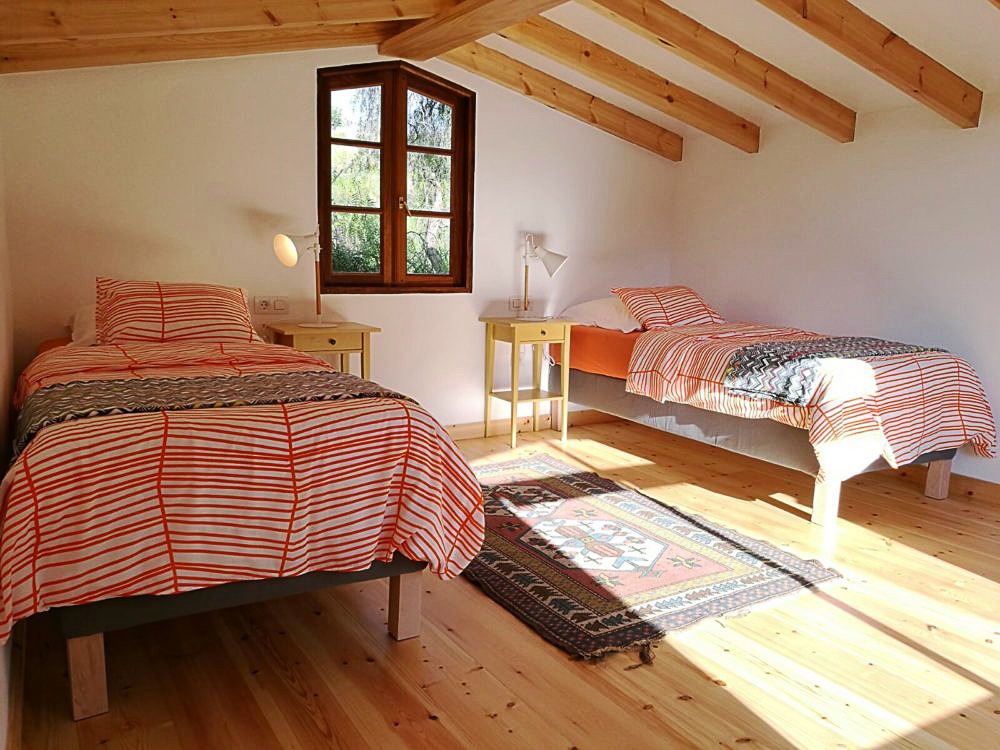Plinia cauliflora
Baumstammkirsche
Englische Bezeichnung: Brazilian Grapetree
Spanische Bezeichnung: Jaboticaba
Familie
Myrtengewächse (Myrtaceae)
Hauptbestandteile:
Mineralstoffe: Kalium, Calcium, Eisen, Zink
Vitamine: B-Vitamine, E, C, Folsäure
Sekundäre Pflanzenstoffe: Antioxidantien (Anthycyane), Polyphenole (Quercitin, Rutin)
Verwendung:
-
Frucht: Obstsalat, Marmelade, Gelee, Wein, etc. …
Ursprünglich stammt dieser Baum aus Brasilien. Seine weißen Blüten mit paradiesischem Duft, aus denen später Pflaumenähnliche Früchte entstehen, wachsen direkt am Stamm. Das Fruchtfleisch ist saftig und hat eine cremige bis rosa Farbe. Es schmeckt säuerlich süß und hat essbare, rosé gefärbte Kerne. Die erste Ernte kann erst nach 8 bis 10 Jahren erwartet werden. Dann kann aber bis zu fünfmal jährlich geerntet werden. Je älter er wird, um so produktiver seine Ernte!
Family
Myrtle family (Myrtaceae)
Main components:
Minerals: potassium, calcium, iron, zinc
Vitamins: B vitamins, E, C, folic acid
Secondary plant substances: antioxidants (anthycyans), polyphenols (quercitin, rutin)
Use:
-
Fruit: fruit salad, jam, jelly, wine, etc. …
This tree originates from Brazil. Its white flowers with a paradisiacal fragrance, which later develop into plum-like fruits, grow directly on the trunk. The flesh is juicy and has a creamy to pink colour. It tastes sourly sweet and has edible, rosé-coloured seeds. The first harvest can only be expected after 8 to 10 years. But then it can be harvested up to five times a year. The older it gets, the more productive its harvest!
Familia
Familia de los mirtos (Myrtaceae)
Componentes principales:
Minerales: potasio, calcio, hierro, zinc
Vitaminas: Vitaminas del grupo B, E, C, ácido fólico
Sustancias vegetales secundarias: antioxidantes (antocianos), polifenoles (quercitina, rutina)
Uso:
-
Fruta: macedonia, mermelada, jalea, vino, etc. …
Este árbol es originario de Brasil. Sus flores blancas de perfume paradisíaco, que luego se transforman en frutos parecidos a ciruelas, crecen directamente en el tronco. La pulpa es jugosa y de color entre cremoso y rosado. Tiene un sabor agridulce y semillas comestibles de color rosado. La primera cosecha no puede esperarse hasta pasados de 8 a 10 años. Pero después se puede cosechar hasta cinco veces al año. Cuanto más vieja, más productiva es su cosecha.

